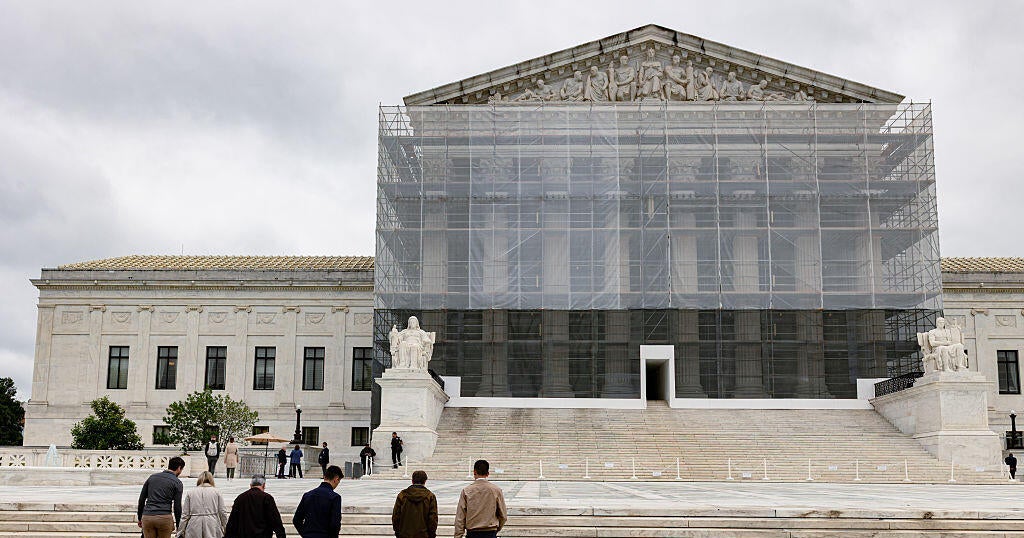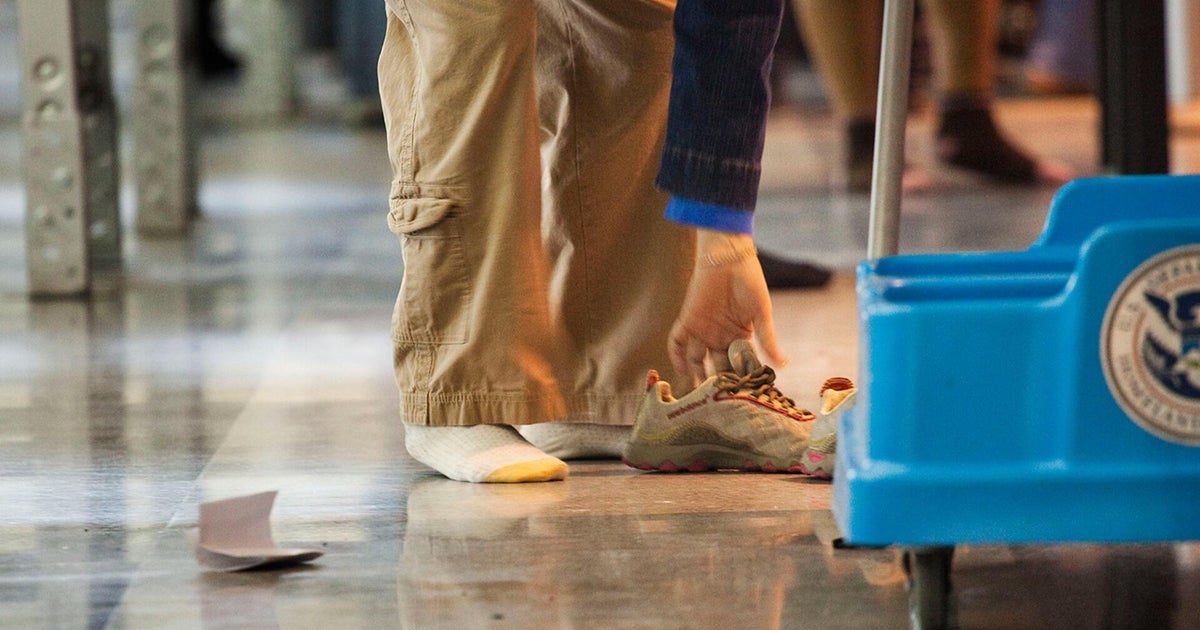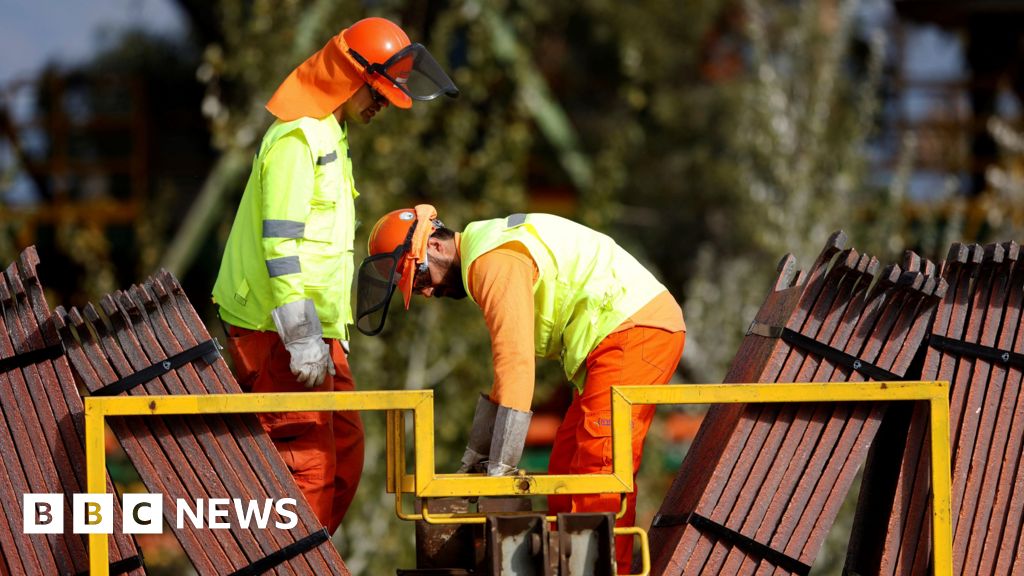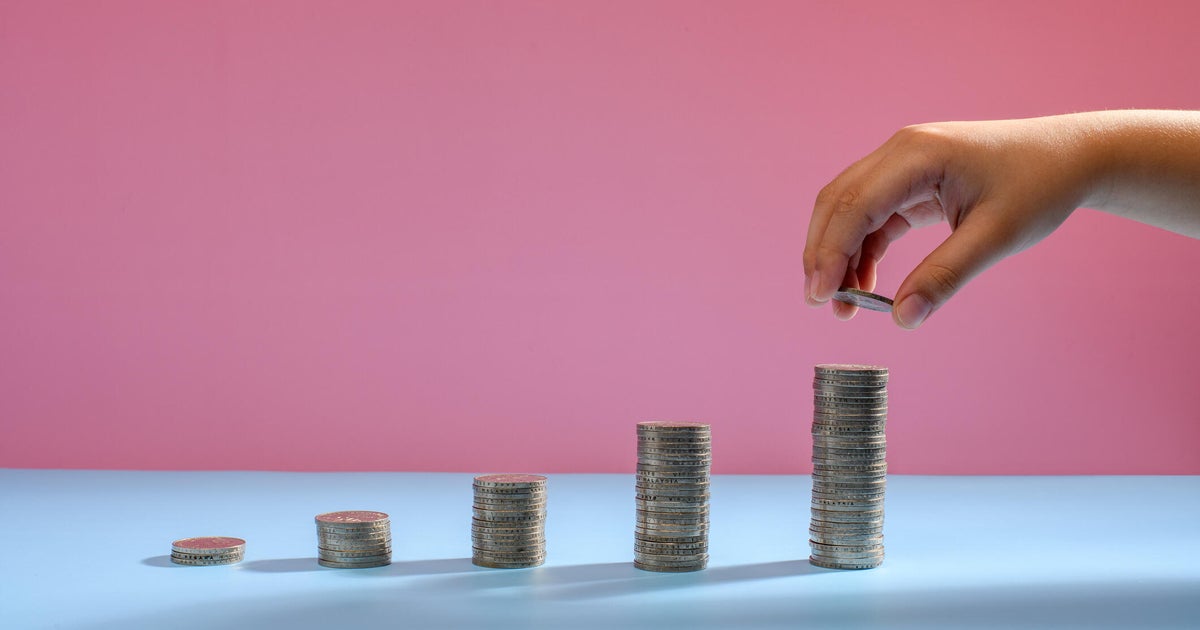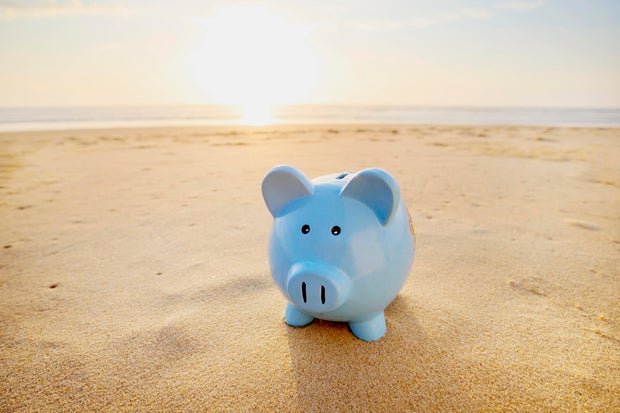 There are a variety of smart places to store your money this July, according to financial advisors.
the_burtons/Getty Images
There are a variety of smart places to store your money this July, according to financial advisors.
the_burtons/Getty Images
There's no doubt that we're in a time of economic uncertainty due to the rising cost of living over the past several years, new tariffs throughout 2025, and the potential for interest rate cuts by the Federal Reserve. These factors together leave many people wondering where they can keep their savings in a way that offers both growth and security.
On the one hand, you don't want to expose your short-term savings — and especially your emergency fund — to volatile investments. On the other hand, you want to make sure you're earning enough to combat inflation. And if the Fed does end up cutting rates, you may see your high-yield savings options dwindle.
To help you plan your own savings strategies, we spoke with financial advisors to find out where they're keeping their own savings this month and why. While there's no solution that's right for everyone, their approaches can serve as a solid starting point when finding a home for your cash.
See how much interest you could earn by depositing money into a CD account here now.
5 places financial advisors keep their savings in 2025
When you're looking for a place to house your savings, it's important to find a tool that offers an adequate rate of return (subjective based on the interest rate market at the time) and security. There are a few accounts that financial experts think provide the best combination of these two key factors this July:
High-yield savings accounts
"I am personally keeping my savings in a high-yield savings account with Marcus," says Haley Kowalewski, a personal finance coach and the founder of Femme Financial Coaching. "However, there are a lot of amazing options out there - Ally Bank, Capital One, American Express, Betterment. And yes, I still highly recommend these!"
A high-yield savings account allows you to keep your money highly liquid while still earning a competitive return. Kowalewski also touts how easy it is to create different savings buckets with your high-yield savings account. For example, she has separate savings buckets for her emergency fund (both personal and business), travel, and taxes.
According to Kowalewski, this liquid savings is effective not only for saving for multiple goals at once, but also for staying out of credit card debt since you have the funds available for those purchases when you need it.
Get started with a high-yield savings account online now.
Money market accounts
"For funds that I need to have access to in case of emergencies, I use a high-yield money market account," says Patrick Yono, the founder of Sure Life Financial. "This provides the same liquidity as a standard savings account, with much better interest rates."
A money market account combines some features of both checking and savings accounts. It usually offers a higher return on your savings, while still offering ATM withdrawals and check or debit card access.
If you're considering a money market account solely for the yield, make sure to compare your rates to those of high-yield savings accounts. Some banks offer money market account rates that are on par with their high-yield savings accounts, while others are slightly lower.
Money market funds
For an account that works similarly to money market accounts with some potentially higher returns, Mindy Yu, a CIMA and the Senior Director of Investing at Betterment at Work, recommends considering a money market fund.
"These are fixed-income investments that often provide higher yields than high-yield savings accounts, especially if the Federal Reserve begins to lower interest rates," says Yu. "While relatively low risk — since they invest in short-term, high-quality debt — these options are not FDIC insured."
Money market funds can invest in short-term debt securities, cash, or other types equivalent to cash. Though they carry more risk than an FDIC-insured account, this is part of why they offer a higher return, according to Yu — they aren't as risky as, say, a stock market mutual fund.
Laddered CDs
Regina McCann Hess, a CFP and the President of Forge Wealth Management, recommends a combination of savings tools, including laddered CDs (short for certificates of deposit). A CD ladder involves putting buckets of money in CDs of varying maturity dates.
For example, for your short-term savings that you'll need in the next one to three years, consider a CD ladder with maturities of three months, six months, nine months, and so on.
"This is so that we have cash available every 3 months in case of emergency," says Hess. "If not needed, we buy another CD at the end of the cycle."
You can take advantage of the more generous rates you'll often find on long-term CDs, while still having some liquidity by always having some cash coming available soon.
Explore your current CD options online today.
Brokerage cash sweeps
If you have a brokerage account, you may also have access to a cash sweep, which is when your uninvested dollars are invested into something else. For example, Fidelity will sweep your uninvested funds into a government money market fund that earns nearly 4% interest (as of July 2025).
A brokerage cash sweep can be an effective way to earn a return on your savings, but it's important to make sure your brokerage firm has an interest-bearing cash sweep.
"That's the key — many cash sweeps still don't invest at all, which means your money is just sitting there," says Stephan Shipe, a CFP and the founder and CEO of Scholar Advising. "When set up right, it's a hands-off way to earn meaningful yield with daily liquidity."
A brokerage cash sweep account may be the right option for you if you already use a brokerage account and would prefer to have all of your savings easily accessible in one place.
How to choose the right savings strategy
The good news is that you can't necessarily go wrong when choosing between one of these savings strategies. High-yield savings accounts, money market accounts and funds, CDs, and cash sweeps are all relatively low-risk ways to earn an extra return on your savings. The more important decision is how you'll balance these short-term saving strategies with other long-term savings.
"Balancing growth and security requires aligning savings and investment vehicles with financial goals, time horizons, risk tolerance, liquidity needs, and, more importantly, stage of life," says Michael Unger, Vice President Investment Officer at Coral Gables Trust. "Liquidity and safety are essential, but so is growth. It's important to view your savings in layers."
Unger notes that while these high-yield savings options are great for short-term savings, they won't provide enough of a return for your long-term goals, especially retirement. For goals more than three years away, Unger recommends investing at least some of the money into stocks.
For example, Unger notes that a young, single person may want to focus more on aggressive growth for long-term goals. On the other hand, someone who is retired or nearing retirement would take a more conservative approach, option more for high-yield savings options or Treasuries rather than a stock-heavy portfolio.
Finally, someone falling in between — for example, a family with children — should have plenty of accessible cash, while also investing for long-term goals.
The bottom line
In today's economy, it's more important than ever to set aside savings for financial emergencies and other goals. However, saving itself is just one step. The next step is finding the right place to house your savings that will keep your money safe while also allowing you to earn some interest. There's no one right answer for everyone. Instead, the right way to maximize your savings depends on your financial goals and your personal preferences.







